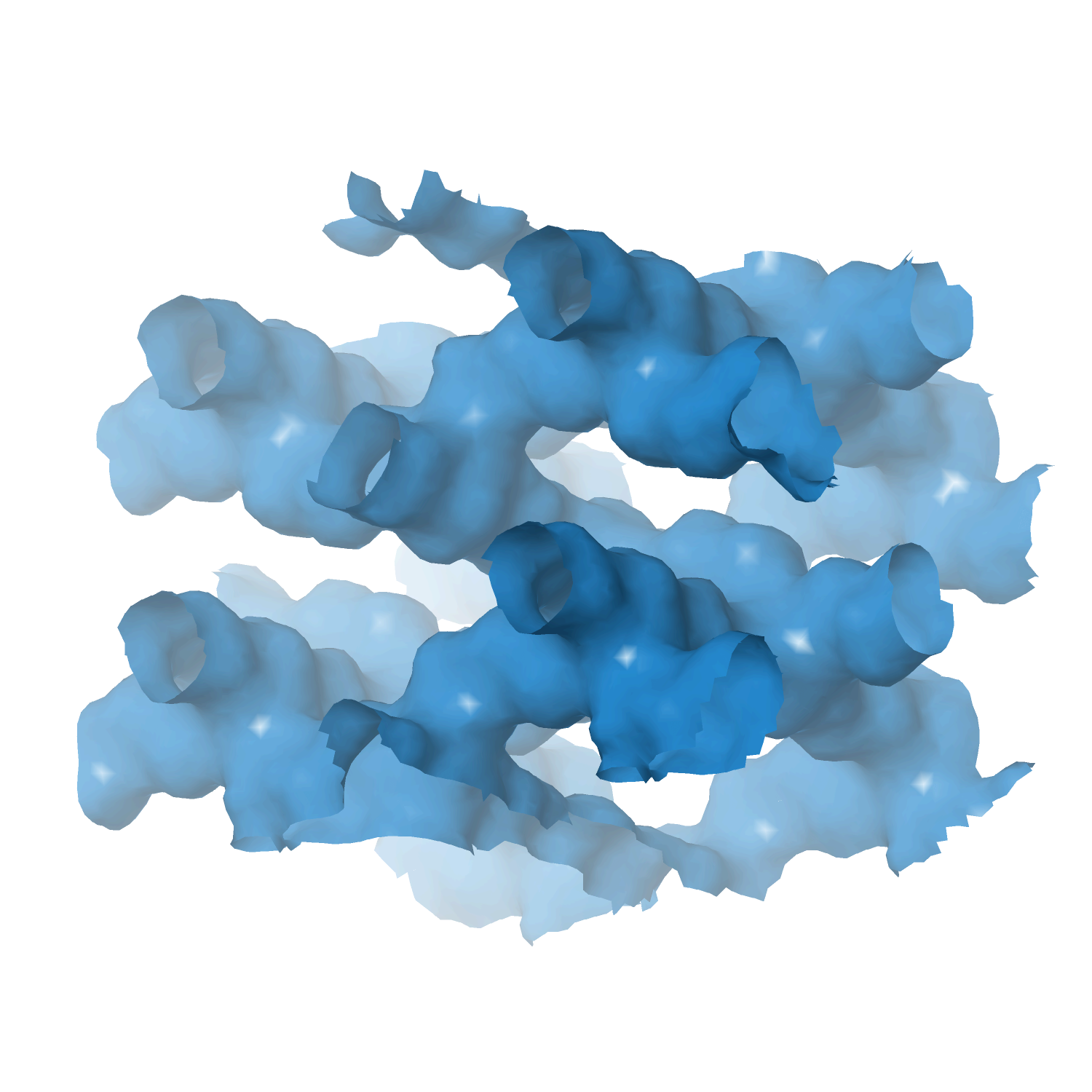Heterogeneous catalyst engineering ⇒ from stable and deactivation resistant to viable technical catalyst
Advances in heterogeneous catalyst “structure” are driven to improve their “function” or performance, i.e., activity, selectivity, and stability. Cooperative research is required to understand the structure and function relationships: developing new synthesis protocols for heterogeneous catalysts with unique surface properties, defined porosity, identification and understanding of catalytically active sites, reaction mechanisms, and finally, prediction and analysis of the processes using various computational tools.
Our group focuses on developing new catalyst formulations using innovative synthesis routes for various important heterogeneous catalysts. That includes thermal, electro, and bio-electro catalysis.
The active phase cannot be used directly in its final application or reactor for various reasons, including poor mechanical resistance, heat or mass transport, and fluidization features. We must mix the active phase with other ingredients in a matrix of binder and filler, while we shape it into a technical catalyst. We investigate new synthetic protocols for technical catalysis using spray drying and fluidized beds to cover the whole range of sizes. At the same time, we incorporate additional (unconventional) ingredients such as SiC to improve some features even further.
- Technical catalyst I ⇒ spray drying and extrusion
- Technical catalyst II ⇒ spray fluidized bed reactor
- Technical catalyst III ⇒ electrospinning
- Zeolite catalysts ⇒ with defined structure/porosity
- Multi-metal (high entropy) alloy catalysts
- MXene catalysts ⇒ single and multi-dimensional
- Perovskite catalysts
- Metal-organic framework (MOFs) catalysts
- Supported metal/metal-oxide catalysts
- Aerogel catalyst
Effect of Thermal, Acid, and Alkaline Treatments over SAPO-34 and Its Agglomerated Catalysts: Property Modification and Methanol-to-Olefin Reaction Performance
by
Zapater, Lasobras, Zambrano, Hita, Castaño, Soler, Herguido, Menendez
Ind. Eng. Chem. Res.
Year:
2024
DOI:
https://doi.org/10.1021/acs.iecr.3c03956
Abstract
SAPO-34 zeolite is one of the most well-studied methanol-to-olefin catalysts, with applications from laboratory to commercial scale. Here, we have studied the impact on the properties and performance of different modifications of a commercial zeolite, including thermal, acid, and alkaline treatments, along with its agglomeration with bentonite and alumina required in the technical catalyst. We prepared three zeolites and agglomerated them, making a total of seven materials, along with our benchmark catalyst. These were characterized and tested in a packed bed reactor. We analyzed the conversion, yield, and deactivation (coke) based on the effective acid site density ρAS* (a parameter correlating acid strength, density, and micropore volume). Thermal treatment increased the effective acid site density of the commercial zeolite by 60%, while only a 10% increase was found in the parent agglomerated catalyst. Acid etching increased the effective acid site density by 80%, while the basic treatment completely amorphized the framework of the zeolite. After agglomeration, the performance of the catalysts (by means of olefin production and deactivation) correlated with effective acid site density. The catalysts based on thermally and acid-treated zeolites performed best, while they had the lowest effective acid site density.
Keywords
HCE
C2H
